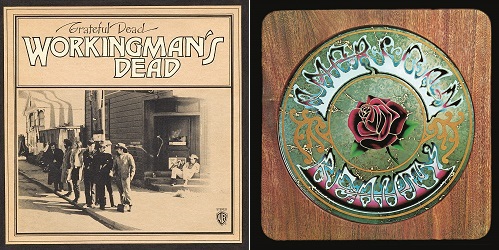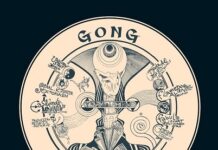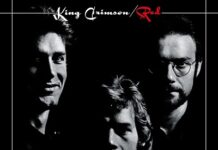It goes without saying that the Grateful Dead’s studio output was minimal at best. Posthumous “live” and “best of” releases actually out-number the studio albums the band put out between 1967 and 1989. While Grateful Dead recordings from the 1960s had either gone awry or fallen into a never-never land of consciousness, 1970 marked the release of two very special albums — Workingman’s Dead and American Beauty. Together, these albums redefined the Grateful Dead as more than just a relic of the Summer of Love. They, in fact, demonstrated that the band had matured into a full-bodied unit capable of subtlety and introspection, laid out over crisp, harmonically sound melodies. After five years, The Grateful Dead had finally come of age.
With backing from their friends in New Riders Of The Purple Sage (NRPS), the Dead embraced elements of country, blues and folk — all of which inspired them to write some of their most memorable songs, played with extreme precision and care. Workingman’s Dead is the first to unearth this stylistic change. Among the eight, mostly Robert Hunter-Jerry Garcia compositions are the radio-friendly “Uncle John’s Band” and “Casey Jones.” Other such long-lasting concert staples as “Dire Wolf,” “Cumberland Blues,” and “Black Peter” beautifully round out the most realized Grateful Dead album to date.
Picking up from where they left off with Workingman’s Dead, American Beauty takes the lead and expands on this new style with a tighter repertoire and stronger arrangements. Augmented again by the New Riders’ David Nelson (who used to play bluegrass with Garcia in the early 60s and became a legend in his own right), along with frequent Garcia collaborators David Grisman and Howard Wales, American Beauty includes songwriting contributions from Hunter, Garcia, Phil Lesh, Bob Weir, and Ron “Pigpen” McKernan. It is, quite simply, the Dead’s most collaborative effort.
American Beauty bursts out of the gate with “Box Of Rain,” a rare Hunter-Lesh ode written for the bassist’s father. The playfully demonic “Friend Of The Devil” follows, only to be trailed by a rare Hunter-Weir rocker called “Sugar Magnolia.” With three exceptionally strong tunes down, the album goes on to reap gold at every turn — from “Candyman” and the ever-elegant “Ripple” right through to the surreal reading of “Attics Of My Life” and the autobiographical favorite, “Truckin’.”
American Beauty is the last studio album the Dead made for Warner Brothers Records. As their popularity grew, so did the complexity of their record deals, which would eventually veer out-of-control, disrupting the creative flow needed to produce decent albums. Needless to say, such a quagmire of recorded originals was both a curse and a blessing for the Grateful Dead, who relied heavily on the potency of Workingman’s Dead and American Beauty to sustain a 30-year career.
Celebrating their 50th anniversary in 2020, both Workingman’s Dead and American Beauty have been remastered and fattened up with two previously unreleased performances — February 18 and 21 — recorded in 1971 at the Capitol Theatre. Diehard Deadheads can also head over to their favorite streaming platform for The Angel’s Share, which features hours of outtakes, demos, and snippets of conversation from the Workingman’s Dead and American Beauty sessions. These recently rediscovered pure and pristine tracks confirm that the Grateful Dead were at their recording peak in 1970.
~ Shawn Perry




















